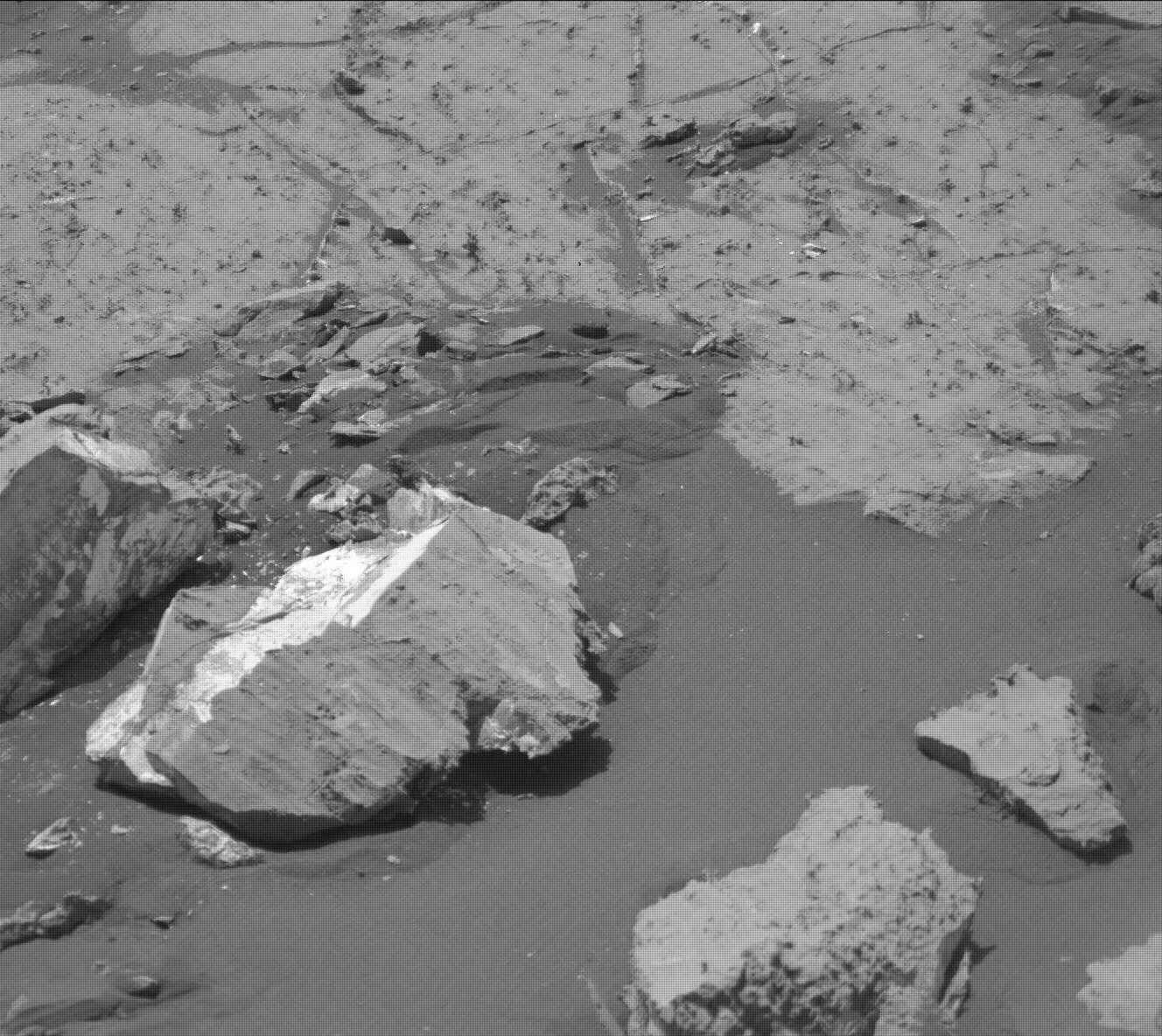3 min read

The title of this blog is a quote from my fellow blogger Dawn Sumner’s poem in the sol 2676 to 2679 blog, and it seems the best way to capture our struggles once again. The reason for the focus on power is that we are still in the middle of the Hutton drill campaign. This gives us lots of things to do, but power constraints restrict what we can achieve each planning. But, we’ll get this all done, we just need to be patient (not this blogger’s personal best skill!). The focus of today’s planning is to progress with the drill activities, mainly dealing with the remainder of the portioning and then dumping the samples and getting APXS overnight on it. There was a lot of discussion how to play that ‘power tetris’ once again.
And we now have a lot in the plan! First, arm movements are required to carry out further portioning of the sample, and then dump the sample. Mastcam, APXS and MAHLI are documenting the chemistry and textures of the dump pile.
Documenting the area far and near is one of the priorities for ChemCam and Mastcam. There are two RMI mosaics to document the buttes around us, named “South Esk 2” and “Glenrothes 2,” and there is a further RMI mosaic, named “Moray Firth.” The latter is especially looking at the capping material of the butte – and the contact to the underlying rocks. All those images will serve to investigate the sedimentary features of the area and understand if wind or wate rformed these rocks. With the opportunity to image the buttes from three dimensions, there is great opportunity to get behind all the details.
Mastcam is joining the imaging campaign, with one single frame stereo image to join previous mosaics, and two mosaics: a 9x1 of the target “Craiglaw Point,” which is to document the sedimentary structures at this location. Mastcam is also joining the RMI sedimentology campaign with a 3x1 of the target “Morav Firth.” Of course, there are also images to document the ChemCam activities.
ChemCam is busy documenting the chemistry in the area of the Hutton drill hole as there is a lot of diversity in the rocks. The targets in this plan will therefore investigate three targets: “Glen Rosa,” “Glen Quaich” and “Glen Shira.” Of course, DAN and REMS are also busy doing their regular measurements. A lot to do, even for a three-sol plan!
To conclude the blog with the phrase the science planers used over and over again today, while working hard (and over-time!) to optimize every observation to minimize the use of power: “We are squeezing every last electron out of this today.”
Written by Susanne Schwenzer, Planetary Geologist at The Open University







